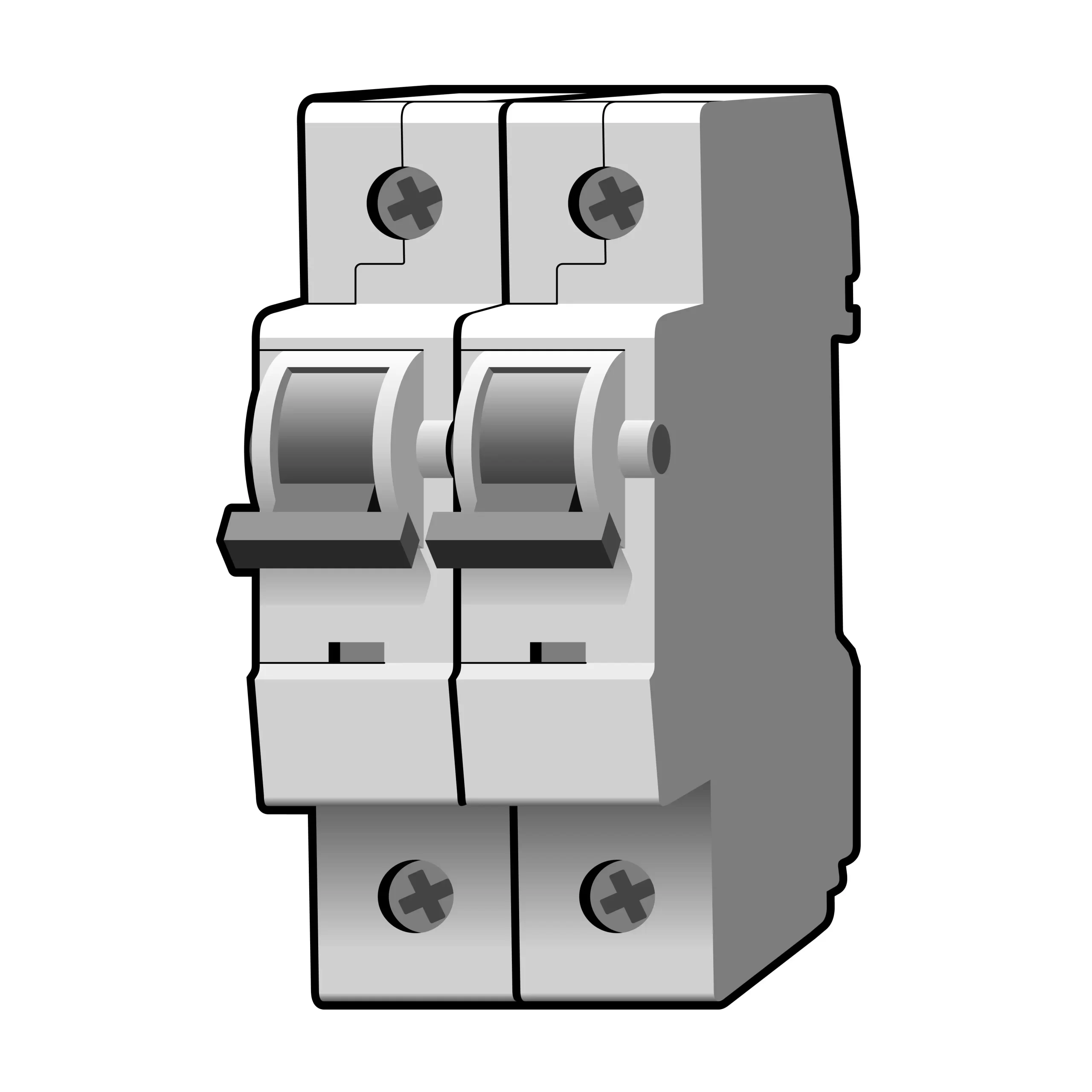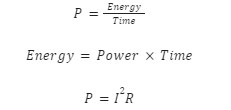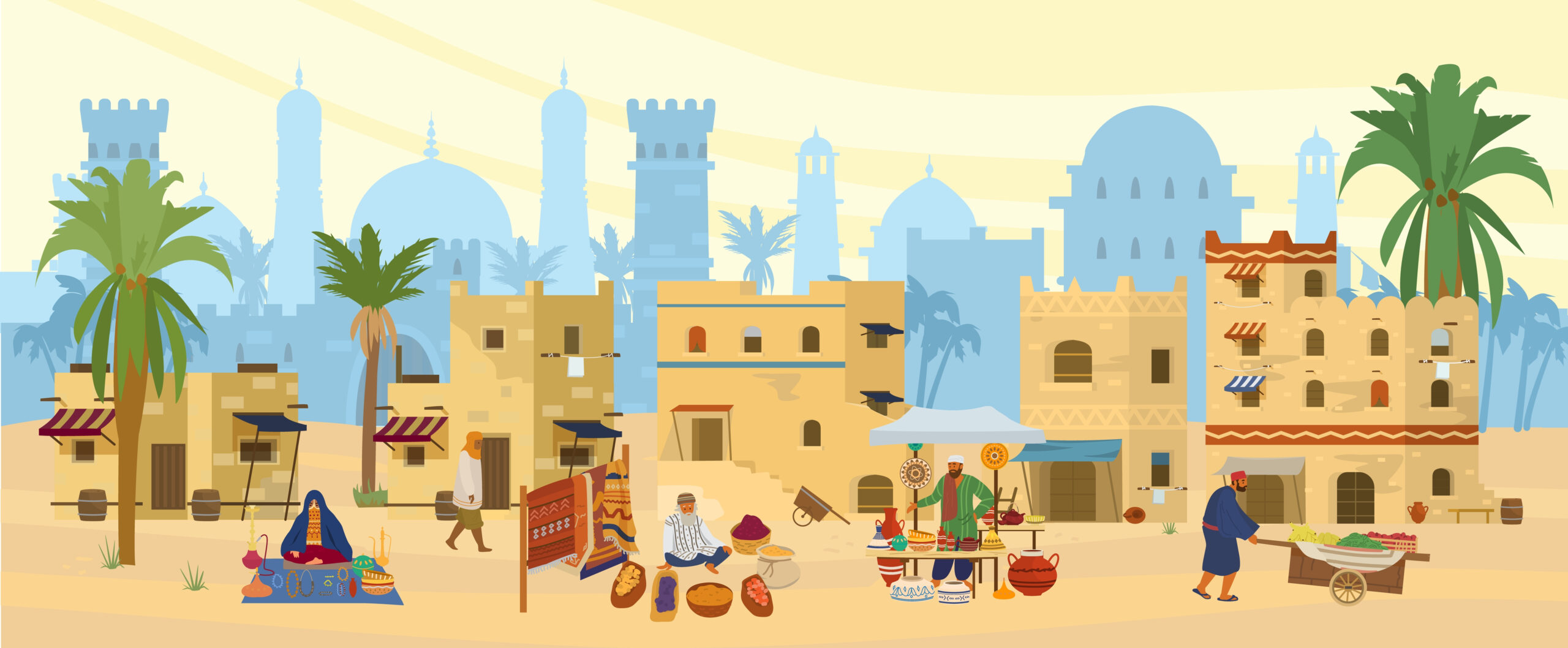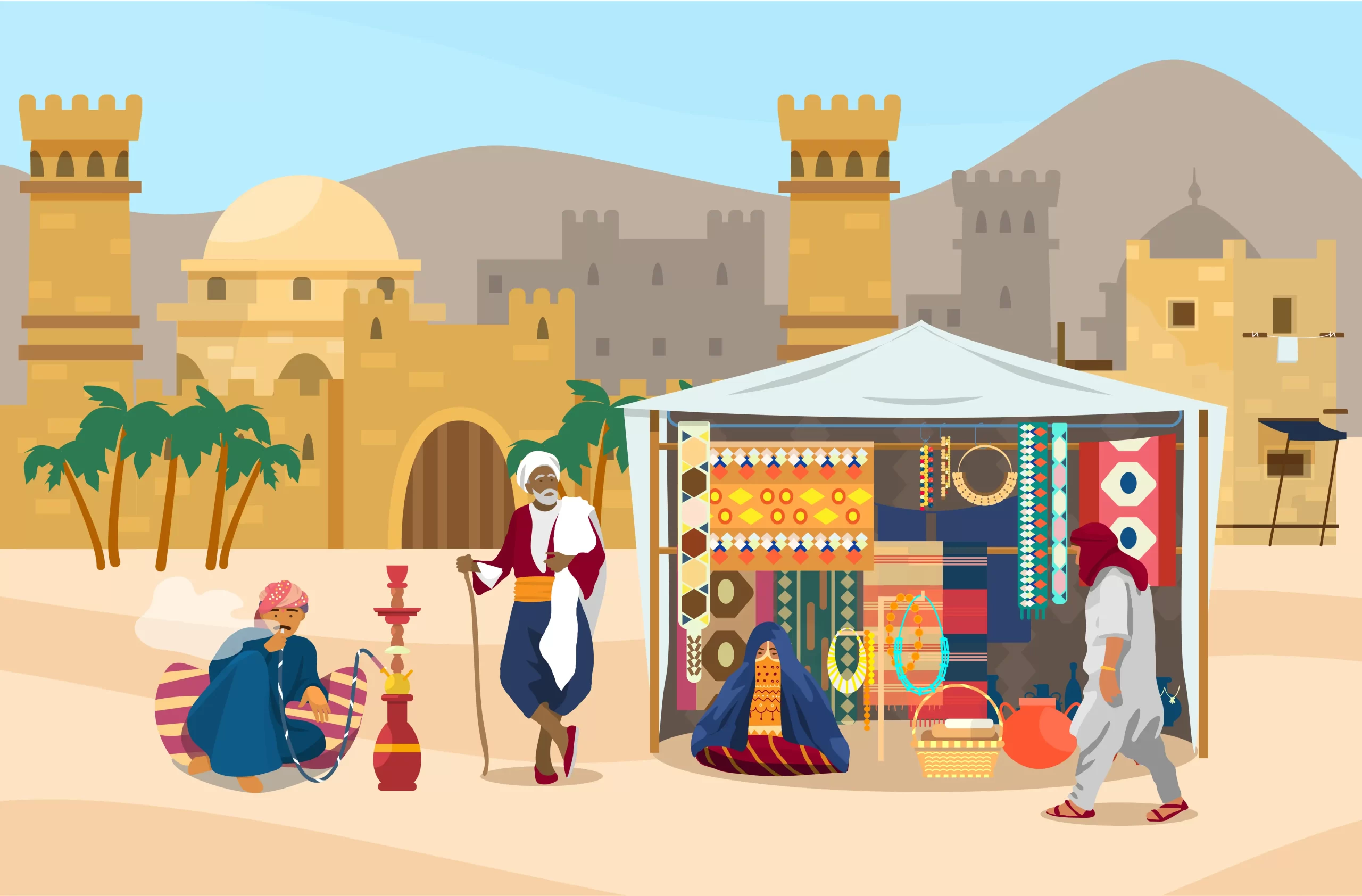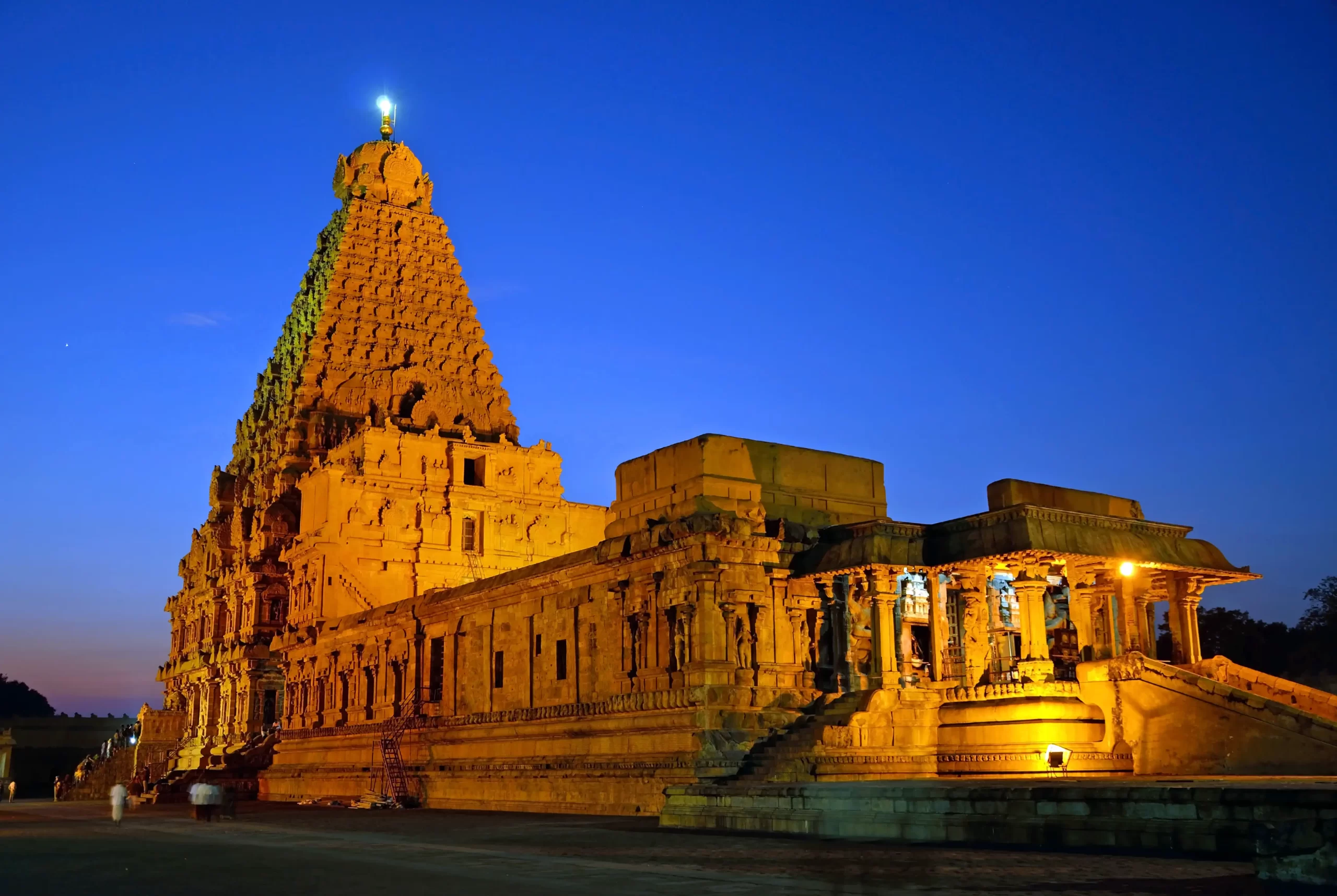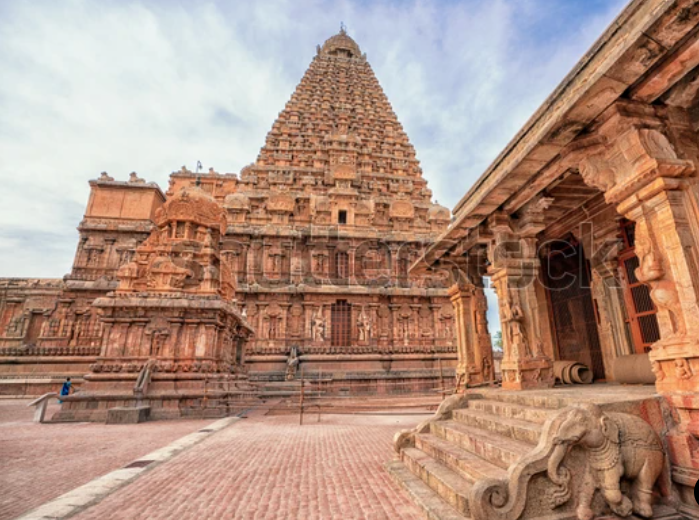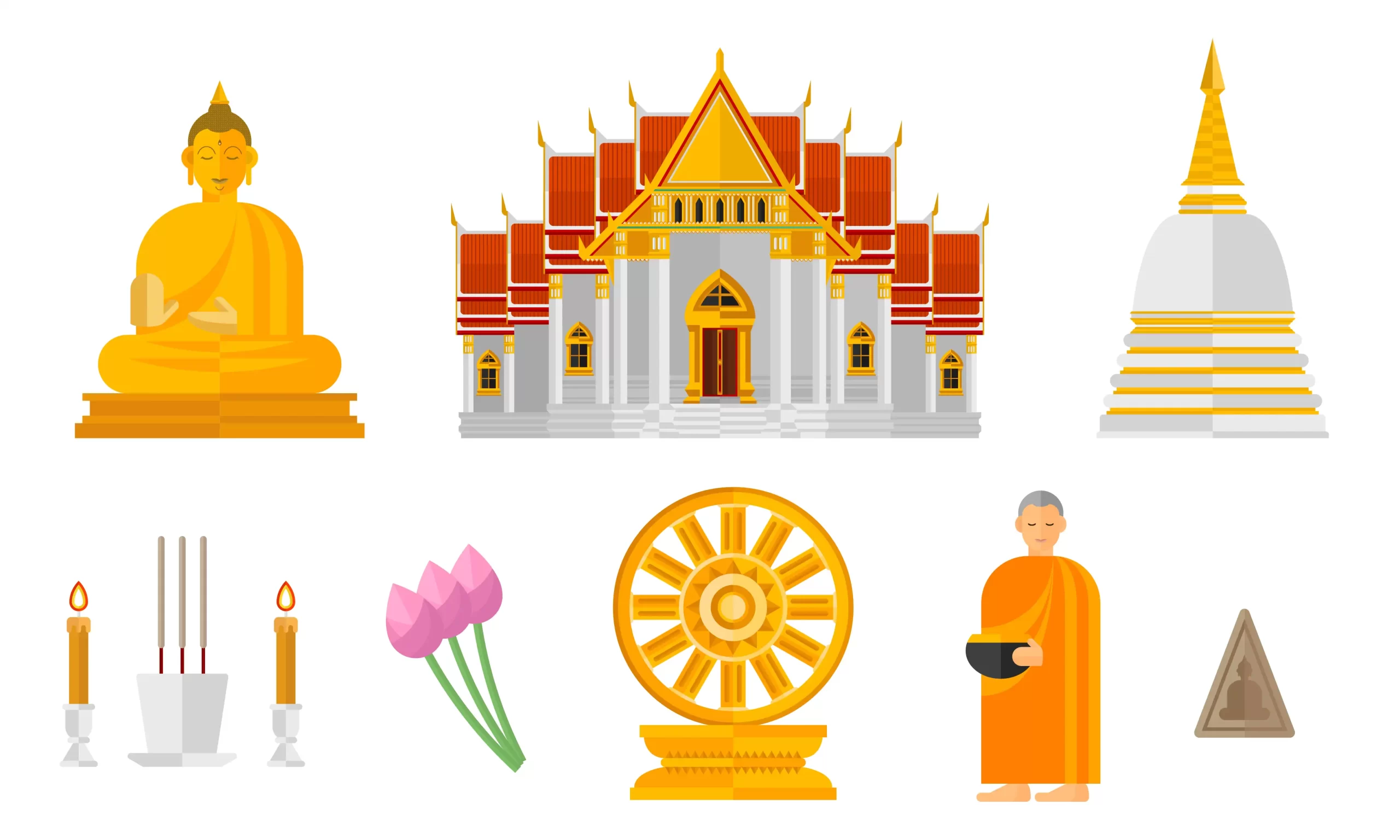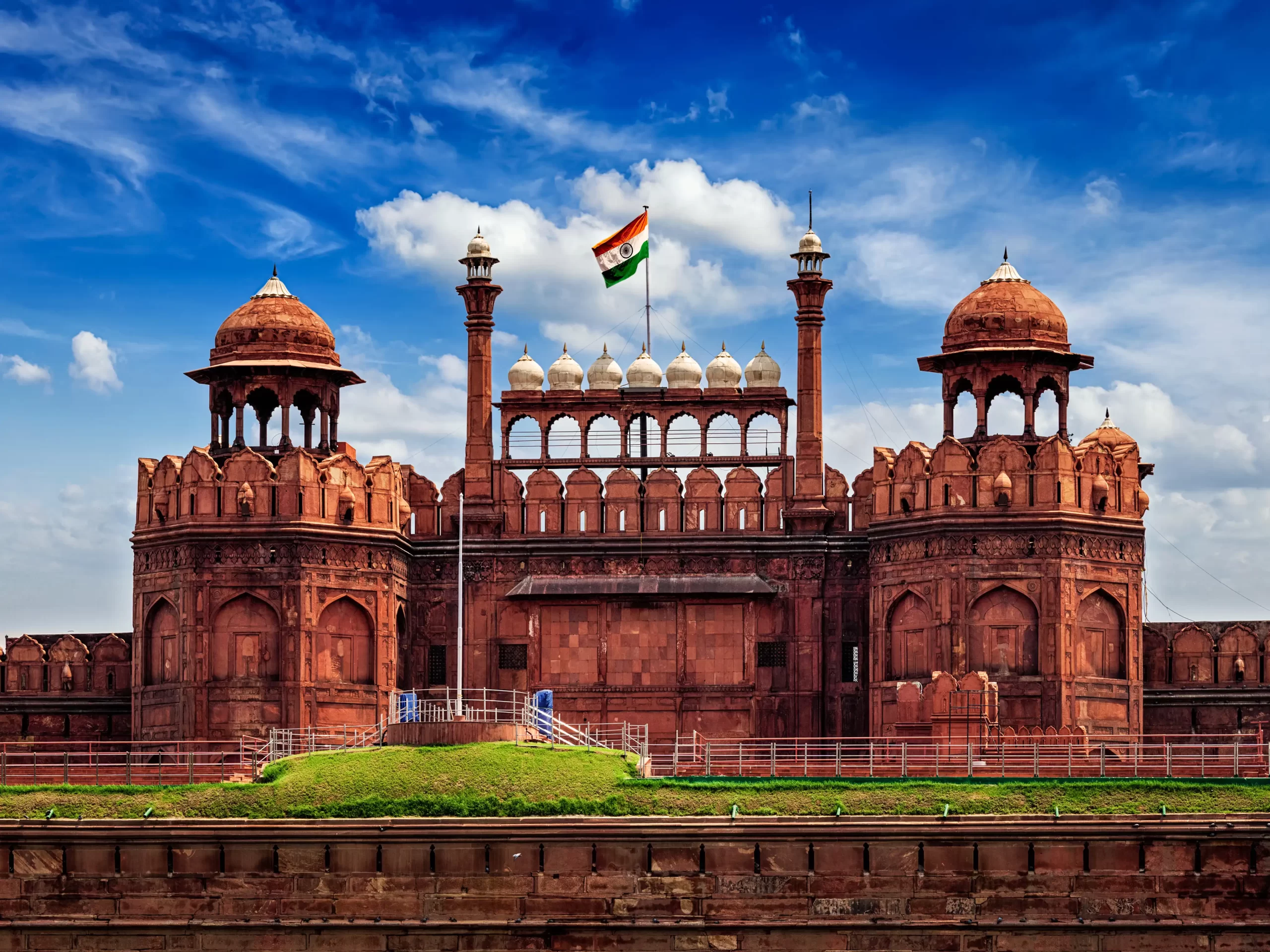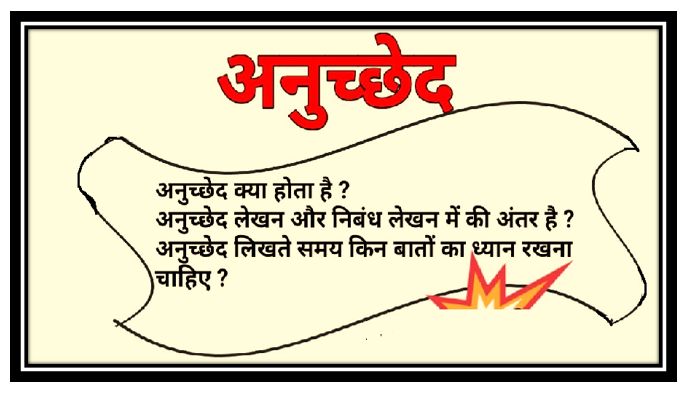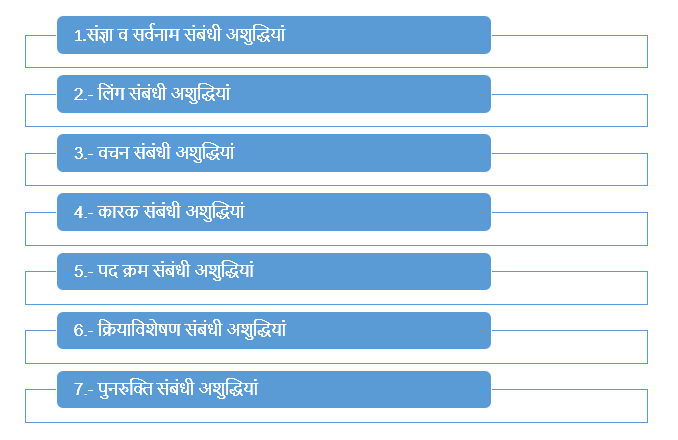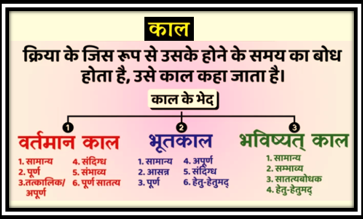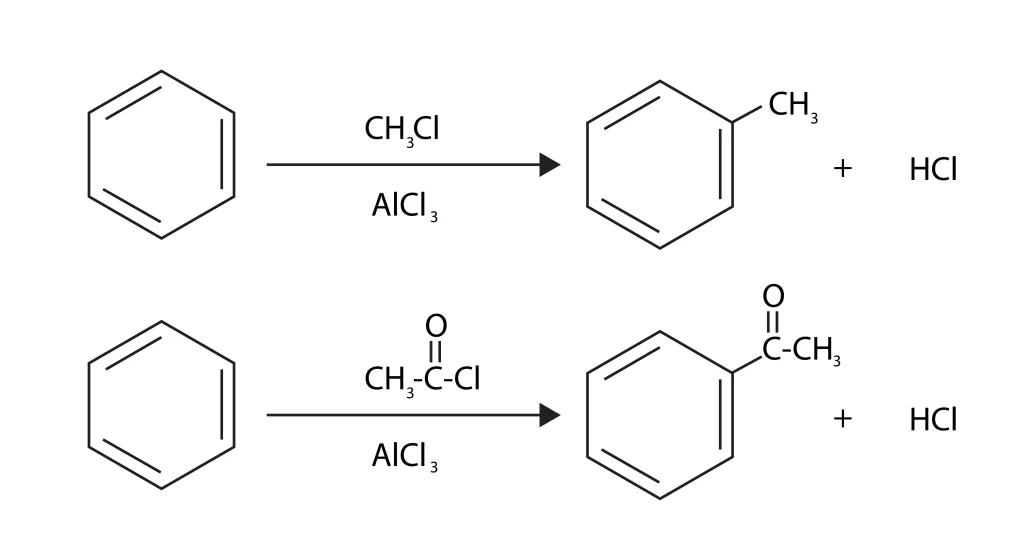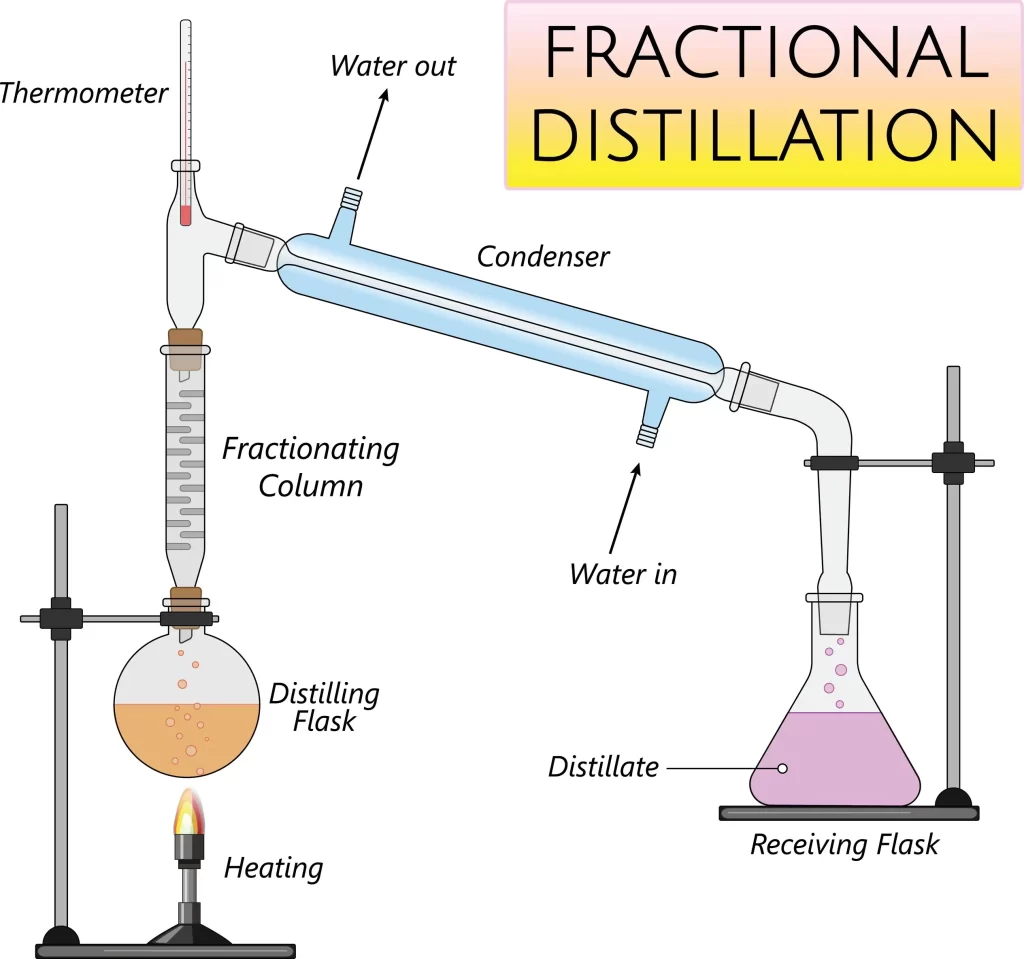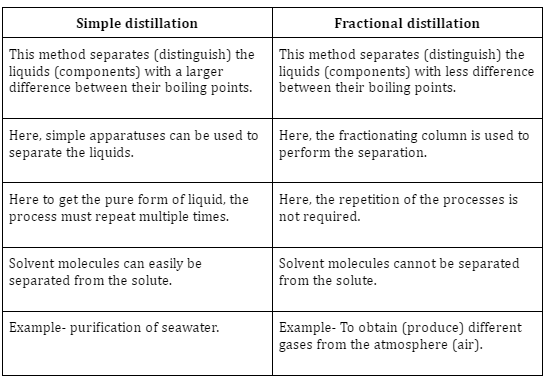Introduction
Surat in Gujarat, along with Cambay (now Khambut) and later Ahmedabad, served as the center of western trade during the Mughal era. Surat was the entry point for trade with West Asia throughout the Gulf of Ormuz. Surat has sometimes been referred to as the entrance to Mecca due to the large number of pilgrim ships that left. There were several different castes in Surat. At some point in the seventeenth century, Surat was home to factories and warehouses built by the Portuguese, Dutch, and English. Retail and wholesale businesses existed in Surat. They offered cotton garments in these stores. It is important to note that markets for Surat textiles, which are known for their gold ace borders, include West Asia, Africa, and Europe. People arrived at the city from all over the world, and the kingdom supplied them with all of the amenities.

A gateway to the West, Surat
Surat was the hub of Western trade during the Mughal Empire. Surat is said to be the entry point for trade with West Asia over the Strait of Hormuz. It was a multiethnic metropolis where people of all castes and religions lived. In Surat throughout the 17th century, factories and warehouses were built by the Portuguese, Dutch, and English. In Surat, there were a lot of retail and wholesale establishments. These shops sold garments made of cotton. It is significant to note that Surat fabrics with Zari or Gold Ace borders were sold in West Asia, Africa, and Europe. People from all over the world flocked to the city, and the government gave them access to everything they needed. In Surat, the Mahajans or Kathiawad Seths ran a significant banking business. a far-off market like that of Cairo in Egypt.
What kind of trades were practiced in Surat?
Surat was the hub of Western trade during the Mughal Empire. Surat is said to be the entry point for trade with West Asia over the Strait of Hormuz. It was a multiethnic metropolis where people of all castes and religions lived. In Surat throughout the 17th century, factories and warehouses were built by the Portuguese, Dutch, and English. In Surat, there were a lot of retail and wholesale establishments. These shops sold garments made of cotton. It is significant to note that Surat fabrics with Zari or Gold Ace borders were sold in West Asia, Africa, and Europe. People from all over the world flocked to the city, and the government gave them access to everything they needed. In Surat, the Mahajans or Kathiawad Seths ran a significant banking business. a far-off market like that of Cairo in Egypt.
Its main application was as a metal for coins. In addition, a number of everyday objects were made of copper. Prices for copper in Surat ranged from Rs. 18 to Rs. 22 per mound. The English company sent copper to specific Surat merchants in accordance with a contract.
Describe Surat during the time of Mughal empire
In the Middle Ages, Surat played a significant role as a port city for the Mughal Empire in India, especially in the 17th century. A nation’s seaport is always seen as important since it acts as the centre of its foreign trade. India’s Surat port was regarded at the time as an essential part of the nation’s economic machinery.
In the year 1514 CE, the Portuguese referred to Surat as one of the important cities for trading in various items. This gold mohur was produced at the Surat mint for the Mughal Emperor Shah Jahan during the month of Azar. Surat was ruled by the Muslim family of the Mirzas. In order to seize Surat, Emperor Akbar laid siege to it in 1573. The Mirzas gave the Portuguese the place in return for their aid in the battle. After reaching Surat, the Portuguese soldiers made the decision not to confront the formidable imperial force and took a diplomatic stance in front of the Emperor.
The army of the Mughals took control of Surat. Under Akbar, Surat was a significant port city. It got revenue from customs and other dues totaling Rs. 4 lakhs each year. Given the importance of the port, the Emperor designated a Mutasaddi, or revenue.
What led to Surat’s decline?
In the 1750s, the merchants who dominated trade started to declare bankruptcy. Over the course of the 19th century, European businesses increasingly increased their dominance. At first, local courts made a number of concessions to European businesses. Due to their superior organization and access to more resources than their rivals, the businesses were able to monopolize commerce. Local traders were unable to compete with the bigger shipping corporations, which led to a sharp reduction in exports from the ports, which contributed to the decline of Surat and Hooghly. Trade financing through the credit system started to dwindle. In the final few years of the 17th century, trade in the port of Surat decreased from Rs 16 million to Rs 3 million.
New ports like Calcutta and Bombay arose as a result of the fall of the Hugley and the old port of Surat, and India’s colonial power increased. European ships and European businesses handled trade through the new ports of Bombay and Calcutta.
Summary
Different ethnic groups lived in Surat. The city was known for its diversity. The Portuguese, Dutch, and English all had workshops and warehouses in Surat during the 17th century. There were many retail and wholesale stores in Surat. These stores offered cotton clothing. It is important to note that Surat was a major textile market, with people from all over the world coming to the city.The state provided them with all the amenities they needed. The Kathiawad seths were the owners of huge banking institutions in Surat. The far-off markets of Cairo, Basra, Baghdad, and Antwerp all honoured the Surat hundis.
FAQs
1. Where exactly is Masulipatnam?
The town of Masulipatnam is situated on the Krishna River delta. The fishing sector in the town is well-known. The city was well-known for having robust trading links in the 17th century. Masulipatnam was under the hands of the Dutch and English East India Companies, although the Dutch were ultimately successful in establishing a fort.
2. Which Indian city has been referred to “The Diamond City”?
Surat is known as “The Silk City” or “The Diamond City,” and it is one of India’s cleanest cities. Another epithet for it is “The Green City.” Its present is the most vibrant, and its historical past is also the most varied.
3. Where was quicksilver imported from?
An other item that was brought into Surat was quicksilver. Both Europe and China provided the raw materials. There were considerable price fluctuations for the metal in the latter part of the 17th century. The price of quicksilver in 1650 was Rs125 per mound. The large price increase was brought on by China’s supply failing to meet demand. Even though Surat bought the majority of its lead from Europe, the market was closed. Only the local Governor was permitted to buy imports into Surat; all other traders were forbidden.
